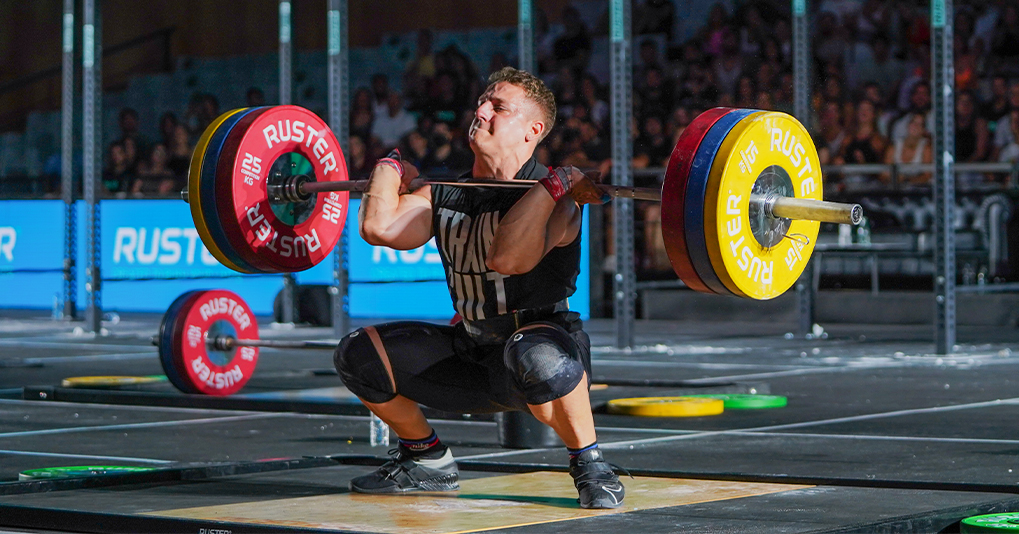by Adrià Piè
CrossFit is a training method that uses exercises from different disciplines performed at high intensity, adapting the load and difficulty of these to the capabilities of each participant.
Injuries are part of the sport and preventing them 100% is a utopia (run away from anyone who claims otherwise). Here are the 5 most common CrossFit injuries and what we can do to reduce the risk of suffering or recover from them:
1. SHOULDER
The shoulder tops the list of the most common CrossFit injuries in all studies.
The most common injury in athletes is rotator cuff-related shoulder pain.
The most frequent cause is a sudden increase in demands on this joint.
Treatment should be based on performing an individualized exercise program for each case, controlling the load and using the necessary progressions/regressions. Taking care of other factors such as sleep quality and emotional state are also important.
From physiotherapy we also have techniques that can help to reduce pain temporarily with the aim of introducing movement and exercise.
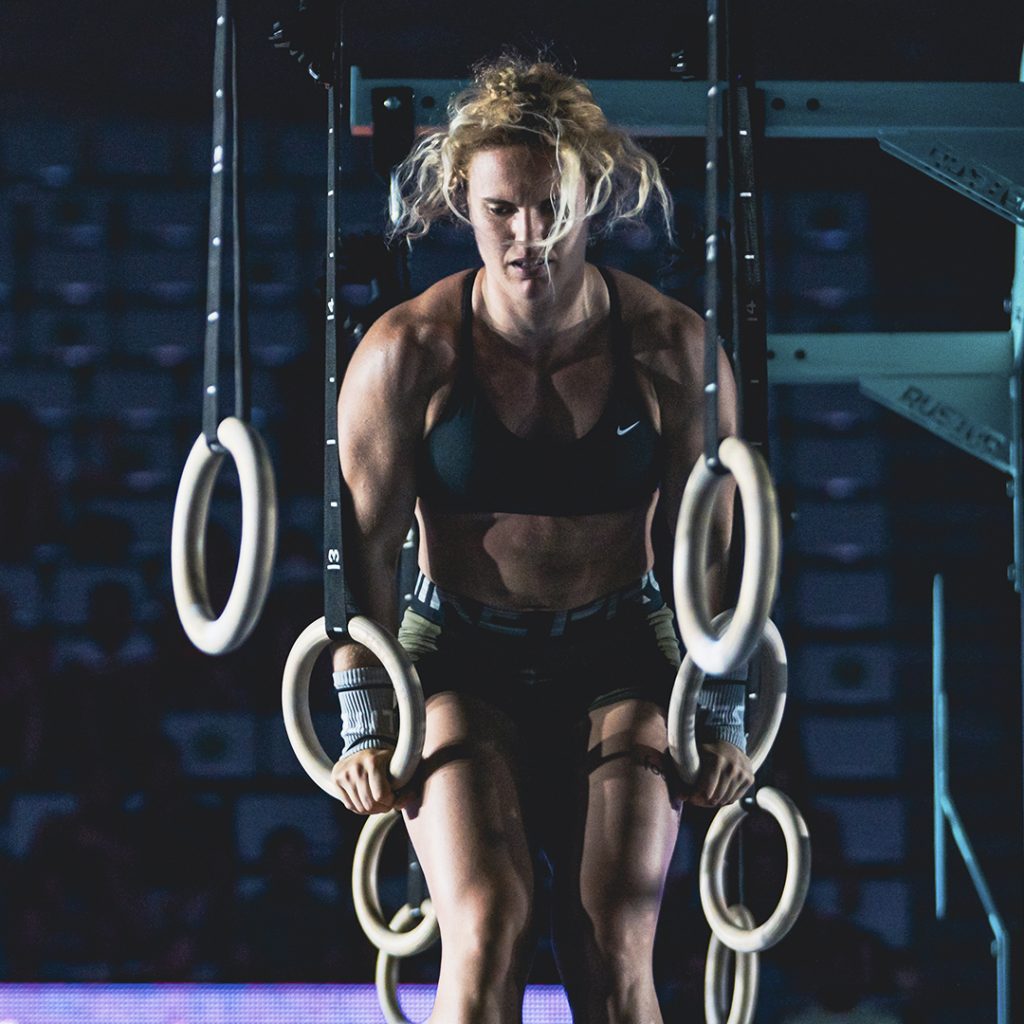
Recommendations:
- Progress with loads correctly.
- If soreness appears in the days following a workout, reduce the load 2-3 days and progressively reload. Not all soreness requires treatment or means you have injured yourself.
- Introduce shoulder strength work 2-3 times per week. Use different versions of exercises to work the shoulder in different situations.
- Isometric exercises can be helpful in managing tendon pain.
- In this type of injury, we usually find weakness in shoulder external rotators and lower trapezius. Assess whether specific exercises need to be incorporated.
- The same strength exercises in different ranges and positions will serve to improve shoulder and general mobility.
2. LUMBAR
Low back pain is probably one of the most feared and controversial topics.
Most low back problems in CrossFit have a good prognosis and improve in a few weeks. The occurrence of serious low back (or spinal) injuries is really low in CrossFit.
Low back pain can come from many different causes and be mediated by multiple factors. The most common sources of low back pain are usually muscular, joint or discogenic. The most common causes are accumulating too much volume or load (above what we can tolerate), poor recovery between sessions and lack of conditioning of the area.
The appearance of hernias and protrusions is rare. There are different causes and lifting heavy loads is not the most frequent, in fact, strength training seems to be the most effective intervention in the prevention and treatment of low back pain.
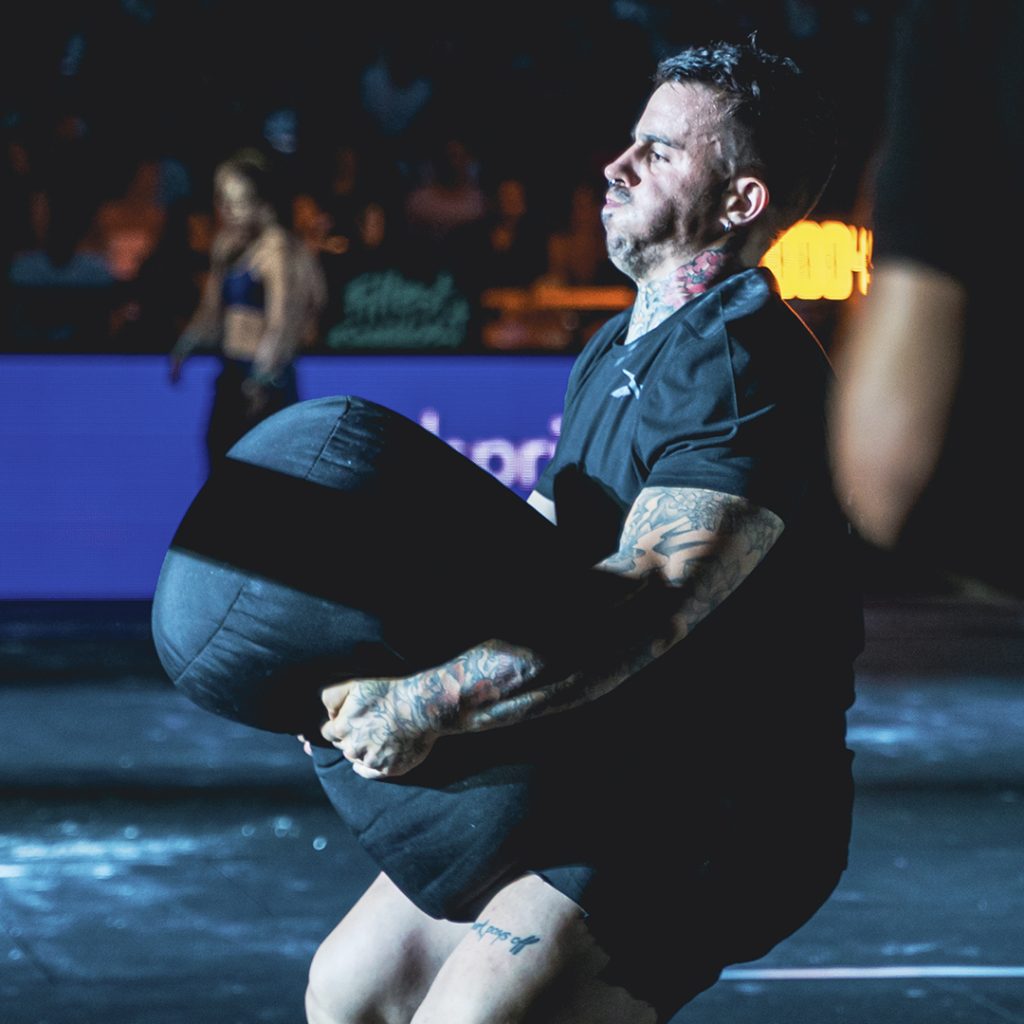
Recommendations:
- Do not be afraid of lumbar flexion as it will occur in almost every lift. Take care to gain strength in this movement progressively.
- The spine is not fragile, it can support different types of loads and movements. Train strength and mobility in different positions and ranges.
- If you suffer from low back pain, you may need to improve the capabilities of your spine and your hip and spine extensor muscles. You can use global exercises (Romanian dead weight, good morning, …) and more analytical (lumbar extensions in GHD, …).
- In persistent low back pain go to the physiotherapist since it’s necessary to get a good assessment that takes into account all contributing factors and manages them correctly.
- In case of lumbar hernia/protusion, conservative treatment is usually the first option (except in specific cases) during the first months, giving good results and avoiding the surgical option. In other cases it is necessary to operate.
3. WRIST
The wrist joint must be prepared to receive load in different positions and allow us to apply force.
Exercises such as the pull-up (and variations) as well as handstand exercises are usually the most demanding on the wrist in terms of strength and mobility.
We can also have problems with the wrist in front rack position if we do not have enough shoulder and thoracic spine mobility. By not being able to keep the elbows up, we increase the demands on the wrists (wrist extension).
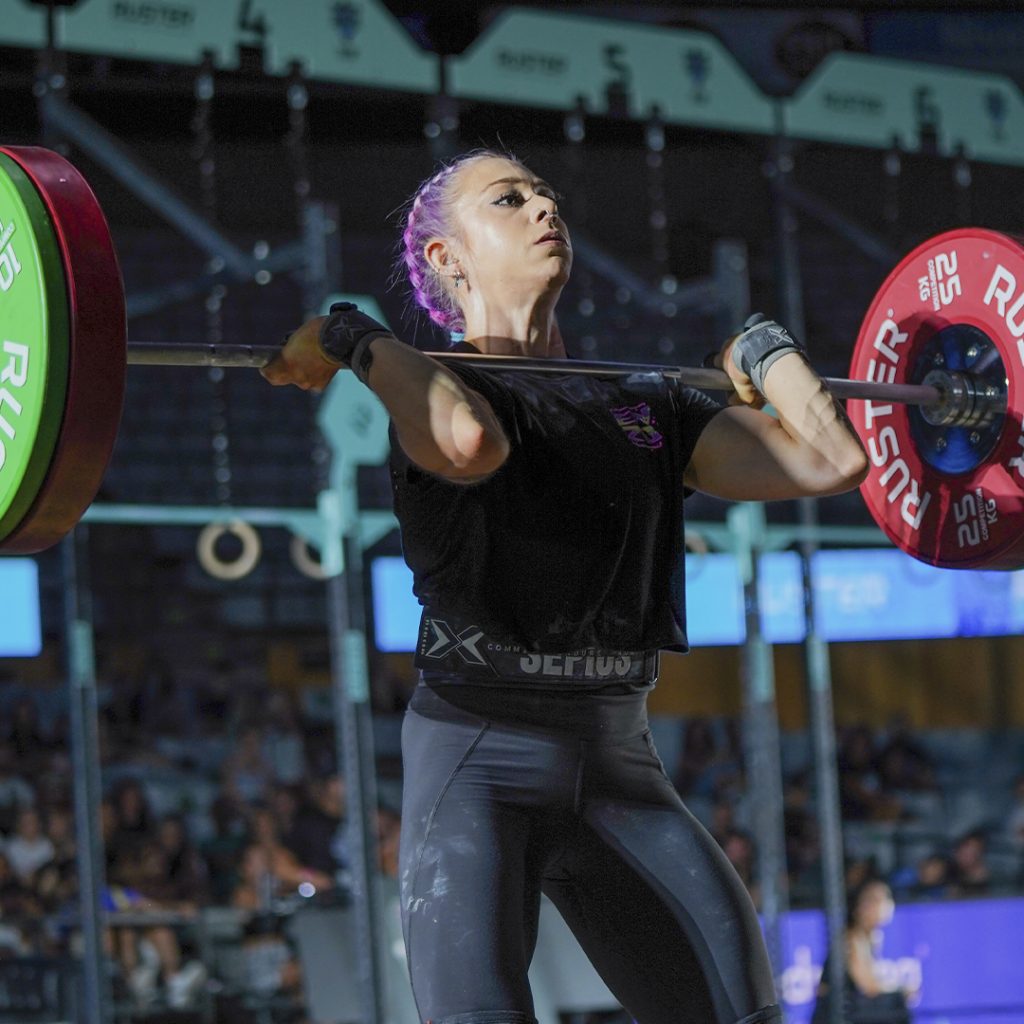
Recommendations:
- The use of wrist wraps is interesting in movements such as the pull-up and other overhead exercises if we do not have enough strength or we are going to move maximum loads.
- We can also use wrist wraps in recovery processes to progressively load the joint.
- It may be useful to include analytical wrist exercises to improve strength and mobility if you are just starting out or if it is one of your weak points.
- The exercises will depend on each person and case but be sure to work on strength in different positions, routes and type of contraction.
- Take into account the possible lack of mobility of other structures (shoulder, thoracic spine, …) that may affect the wrists.
4. knee
In the knee we mostly encounter pain sourcing from the tendon (the most prevalent being patellar tendinopathy), in addition to other pathologies such as patellofemoral pain for example. Traumatic injuries are much less frequent.
In training and competitions we subject these tissues to different types of forces and stimuli. From a heavy squat repetition to 50 or 100 box jumps. Obviously the knee will work differently under such different demands.
For this, we have to be aware that we have to train to tolerate such different exercises even in the same WOD. Moving heavy loads is not enough, we must also move fast.
The most common symptoms of patellar tendinopathy are localized fingertip pain in the tendon (it is also usually sensitive to touch, although it is not useful for diagnosis), pain in positions of the knee that generate compression on the tendon, pain in rapid movements (decelerations) and improvement of pain with warming up or with movement.
The recovery can be long, especially if we have been dragging the pain or discomfort for a long time.
It is very important to control the loads, to determine what type of loads/exercises are causing or have caused the injury, and to schedule exercises that allow the tendon to adapt again.
We must also take into account other factors that may influence tendon pain, of whatever type (biomechanical, stress, diet, rest, …).
The options of surgery or infiltration are not recommended in this type of injuries.
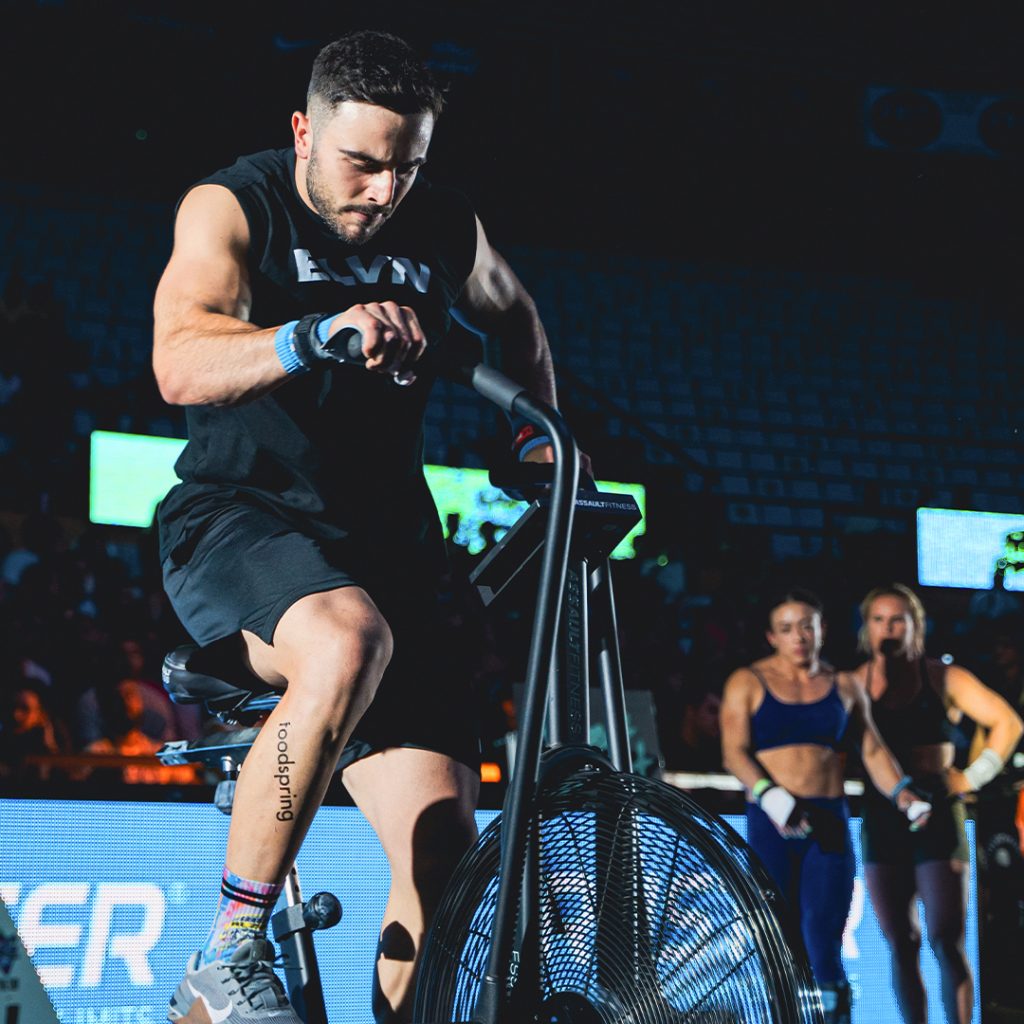
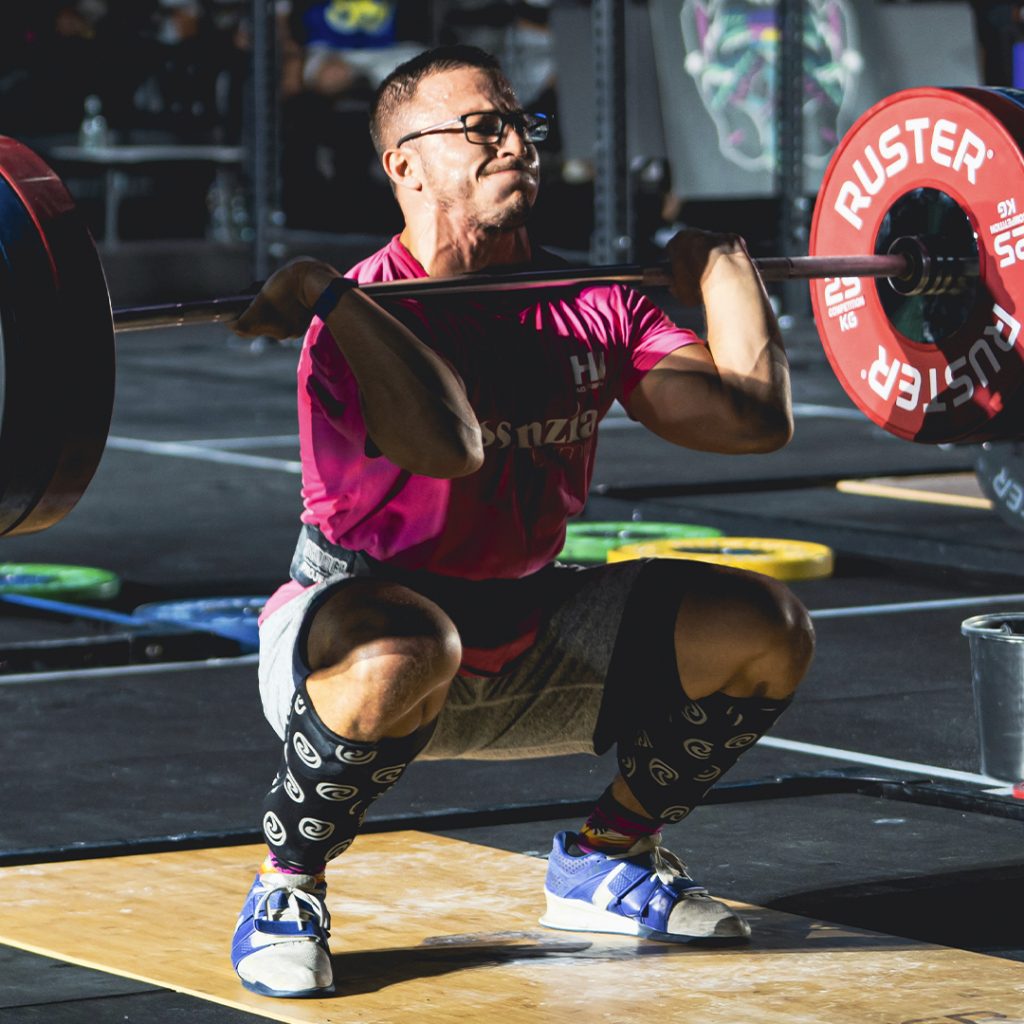
Recommendations (in the case of patellar tendinopathy):
- In initial stages, if we correctly control the load it is enough to recover and for the tendon to regain its properties relatively quickly.
- In pain of long evolution in the tendon, to control the load is going to be a key point but not enough. Many other factors must be taken into account.
- Isometric exercises can be very useful throughout the recovery, especially in the early stages they facilitate the introduction of load.
- In subsequent phases, we should move on to exercises with heavy loads and progress to fast movements that require demanding work from the tendon (storing and releasing energy in a matter of fractions of a second).
- In the progression of recovery it is important to know the demands of each exercise and know how to adapt it to our needs and capabilities (regressions, lateralizations and progressions of exercises).
- Adding gluteal and core strength exercises can be interesting.
- Controlling factors such as sleep, rest, diet, stress, … is also important.
- Using supports such as knee braces or bandages can help to progress in weights due to the feeling of security they give us.
5. Elbow
Epicondylitis, tennis or golfer’s elbow, bursitis … Sound familiar? These are some of the generic “labels” that are usually given to elbow pain, but it is something more complex.
In the practice of CF we tend to encounter mostly problems related to the tendons and muscles extensor digitorum extensorum common and flexor digitorum superficialis commonis. These originate in the lateral aspect of the elbow (epicondyle) and in the internal aspect (epitrochlea).
The pain is usually localized in the tendon, near the bone, although we can find referred pain towards the wrist and fingers. They can also limit the mobility of the wrist.
Again, they usually produce pain by a sudden increase in the demands and training load. Normally related to very demanding grip exercises (rope climbs, barbell gymnastics, use of special bars, …).
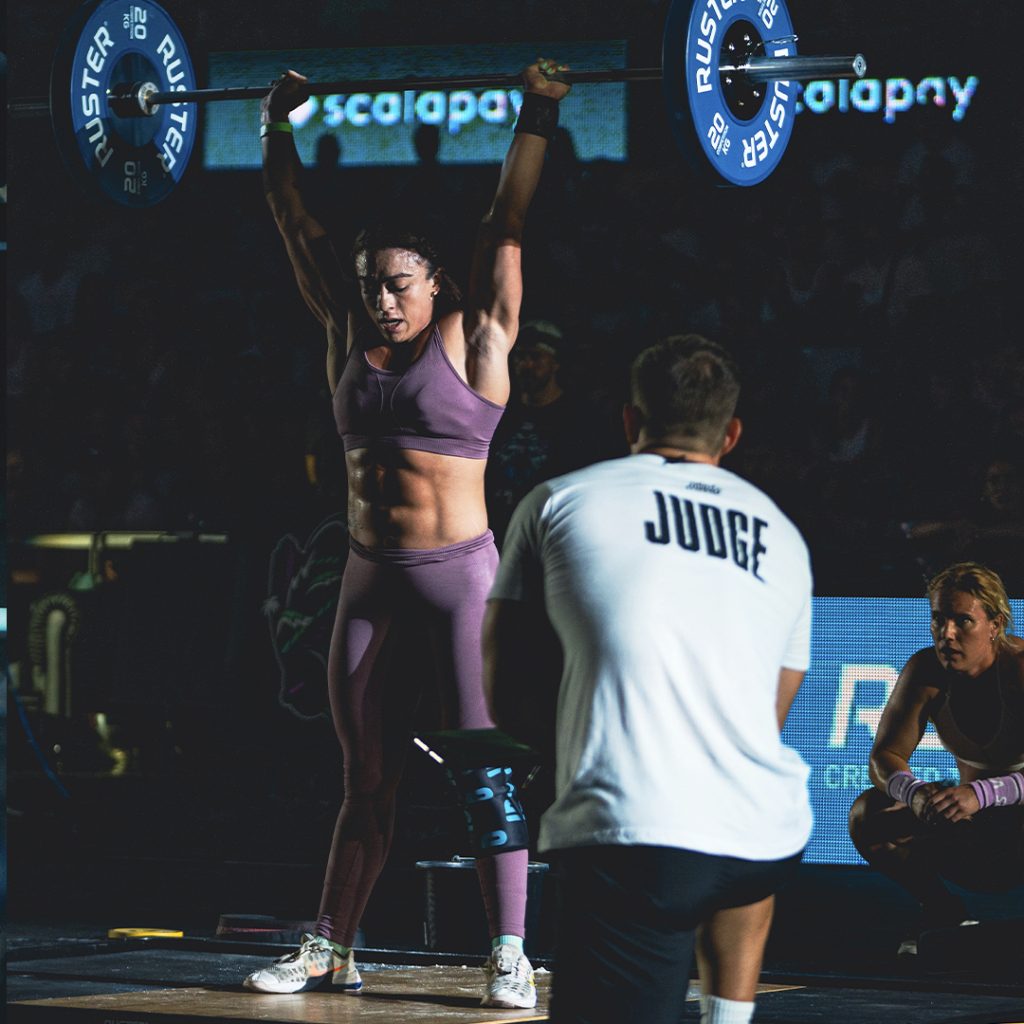
Recommendations:
- As with other tendon problems, it is imperative to adjust the load and progress appropriately.
- Analytical exercises of finger and wrist flexors/extensors may be interesting to strengthen the elbow.
- Strengthening the entire upper extremity is recommended as well as assessing possible strength deficits or asymmetries versus the contralateral extremity.
- Some problems of lateral elbow pain (“epicondylitis”) may take months to resolve. In some cases, the pain may become bilateral (in both elbows).
- Infiltrations are not recommended.
We must keep in mind that CrossFit is not a contact sport, so the vast majority of the most common CrossFit injuries are caused by “overload”, which would be “doing too much too fast” without giving our body time to recover and adapt.
In beginner athletes it is advisable to introduce strength sessions and mobility training with resistance, not just stretching.
In advanced athletes, keeping track of the load and using subjective scales of effort (RPE, RIR, character of effort, …) can be very useful to avoid introducing too much load and reduce the risk of injury.
In case of pain or injury, go to a health professional.
Have you ever suffered any of these injuries?
Become a member of the Freak Club to stay up to date and if you want to know more, on the IG of @fittestfreakest you will find more exclusive content.
